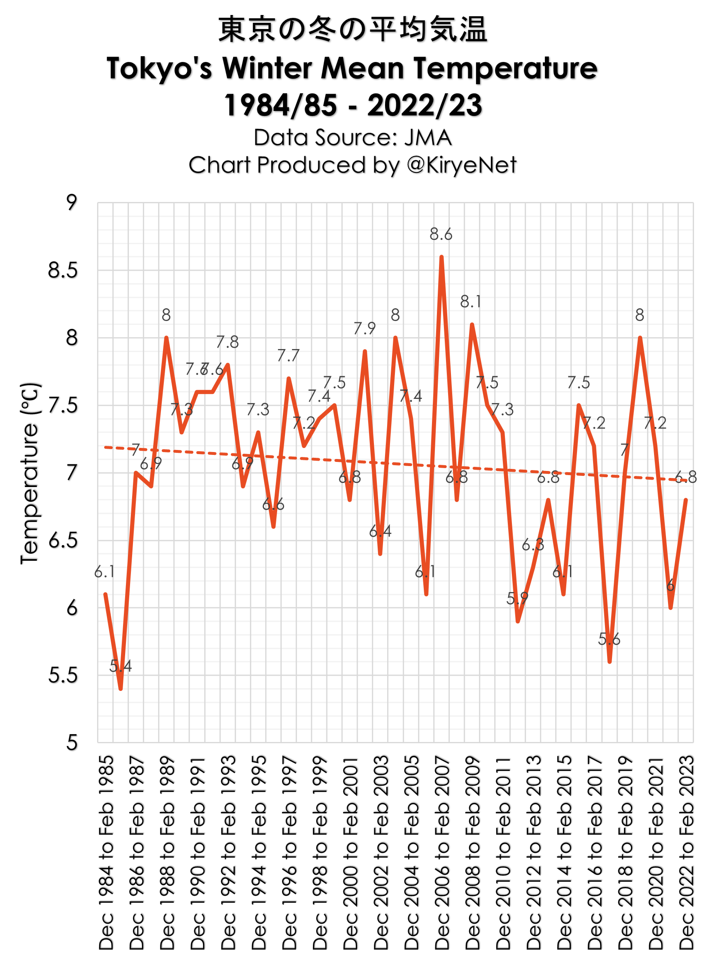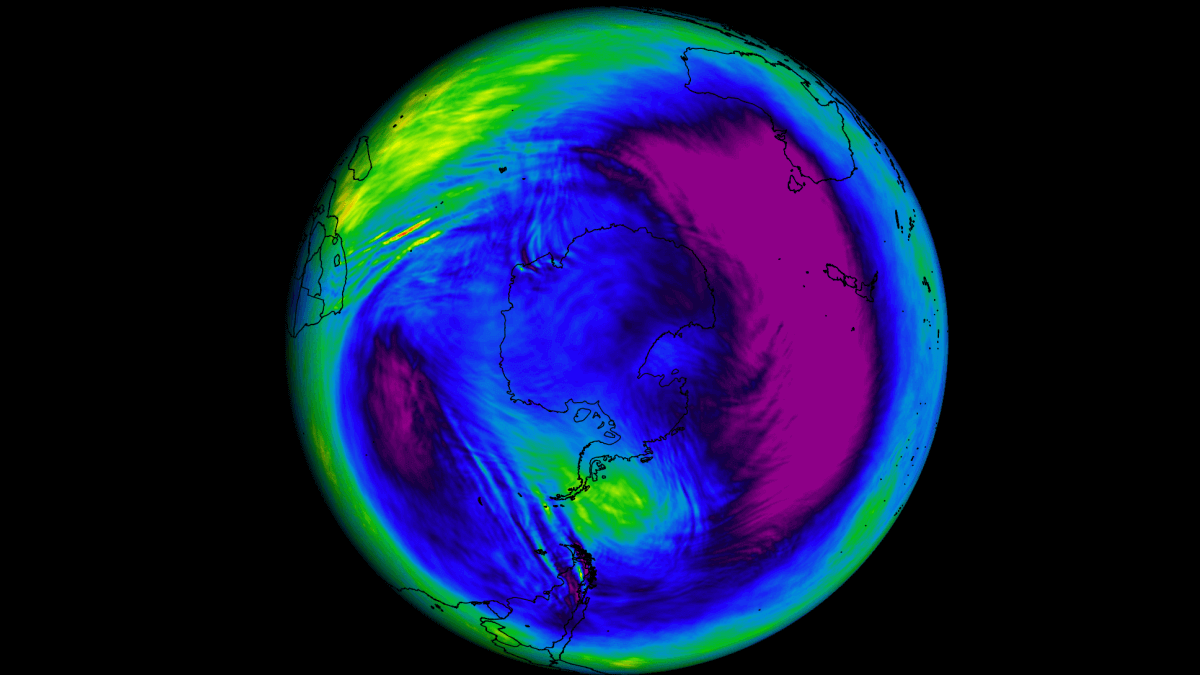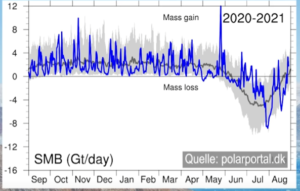by X. Zhang et al., 2023, Apt 30, 2024 in BullAmerMeterologicalSoc
Abstract
During the second half of the twentieth century, the West Antarctic Ice Sheet (WAIS) has undergone significant warming at more than twice the global mean and thus is regarded as one of the most rapidly warming regions on Earth. However, a reversal of this trend was observed in the 1990s, resulting in regional cooling. In particular, during 1999–2018, the observed annual average surface air temperature had decreased at a statistically significant rate, with the strongest cooling in austral spring. The spring cooling correlates significantly with the second leading modes (EOF2) derived from empirical orthogonal function (EOF) analysis on the sea level pressure over Antarctica during 1999–2018, associated with the negative phase of the interdecadal Pacific oscillation with an average of cooling of central and eastern tropical Pacific surface sea temperature (SST) anomalies. The EOF2 results in the enhanced cold southerly winds on the continental WAIS through the cyclonic conditions over the Amundsen Sea region and a blocking high in the Drake Passage and northern Antarctic Peninsula, causing the WAIS cooling trend.
…










